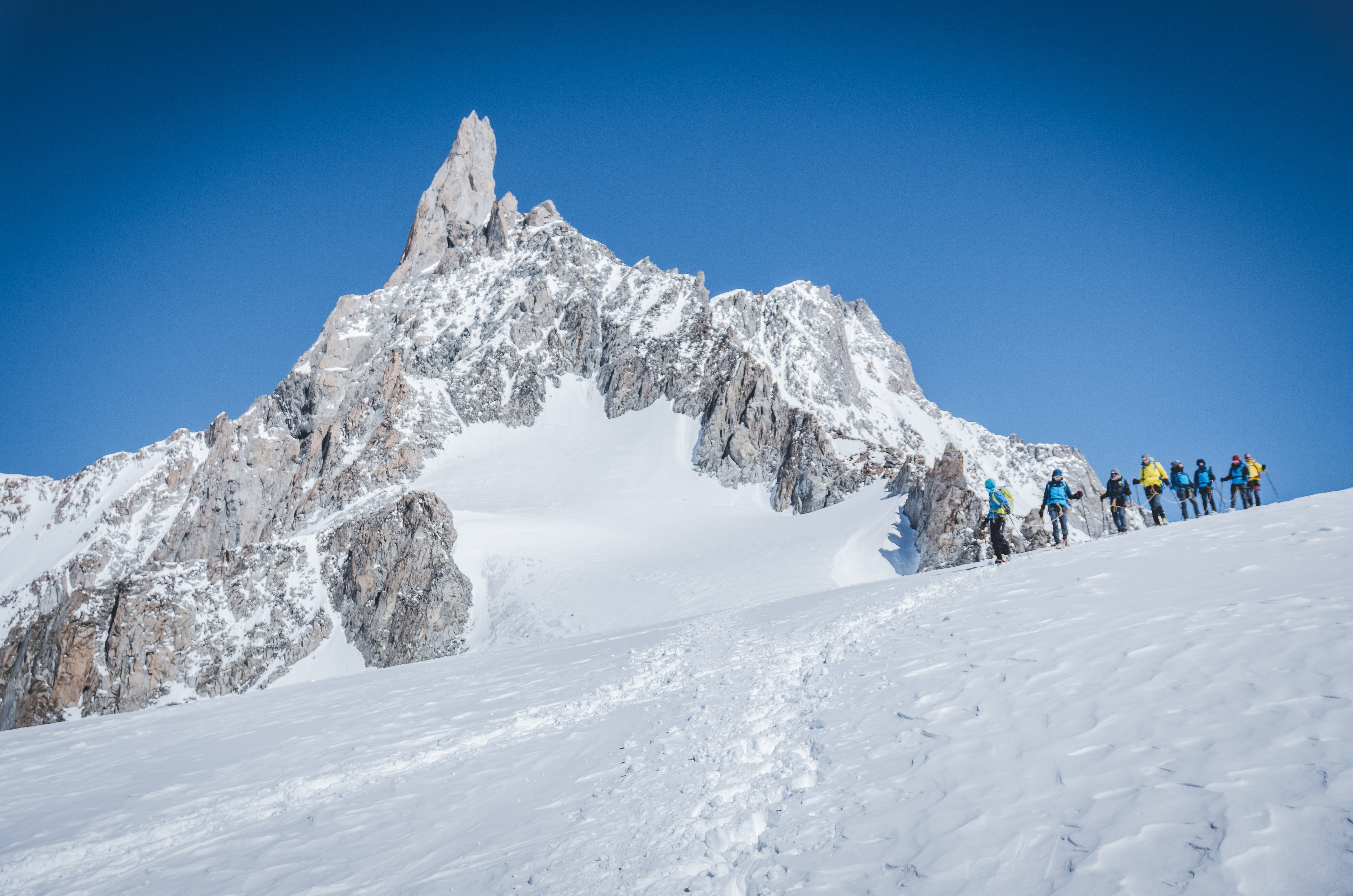
There are some events that enter history for being real turning points. Changes so vast and powerful, typically unexpected and - at least in part - unforeseen, to disturb the very foundations of our way of living.
Situations like this can disturb and challenge any reality, even the most accustomed to change - even the most resilient.
The explosion of the Coronavirus in Italy and in the world is one of these, and it will be remembered as one of the most significant events of our times.
A stress-test that challenges individuals and companies, and yes, surely one of the greatest and most unexpected changeability tests of the recent past.

Even for Methodos, the Change Management company.
Because it’s one thing to talk about change when it can be foreseen and faced with preparation.
It’s a totally different thing to face it in extremely uncertain conditions, with volatile markets, laws that influence choices and activities, and fear that is behind it all.
It’s one thing to put in place smart working in normal working conditions, with the possibility to meet when necessary and to carry out the usual daily activities. It’s a totally different thing to do it when the entire country is in quarantine and movements are reduced to a minimum.
It’s one thing to change one’s own mindset according to a long-term goal. Doing it quickly and in response to one of the greatest crises ever faced by our generation is much more difficult.
Yet, there is something different in the way we operate. Something that, if this drama had arrived a couple of years ago, wouldn’t have been so strong and rooted.
And that’s M4810 and what it has taught us about change.
A subtle and light awareness that lingers among us, not particularly defined. A voice that rises from the speaker of a telephone, followed by many mumbles of approval, now that the Meeting All meetings are carried out remotely.
“M4810 really helped us change; we can see it now more than ever, in the way we are facing this crisis.”
We see it in the way we respond to this extreme disturbance of everything that we know. A response in adverse times that depends on the consideration of limiting factors – something familiar to those that know the importance of adaptability. The capacity to not stay attached to decisions and choices, but to reconsider the whole journey, as we would when faced with bad weather in the mountains.
A context, that of the Covid-19 emergency, in which what we’ve learned about risk analysis with M4810 is now more important than ever. Not always does a hazard coincide with the capacity to innovate – sometimes it’s just dangerous, and should be minimised as much as possible, as it would be in the mountains. Or like when a health emergency makes it necessary for us all to stay home.
We can manage to do all this now, quickly and effectively, only because we’ve done a lot of work on the most important thing: our environment. We’ve created a company culture that is capable of welcoming challenges, of allowing freedom to experiment and to be proactive. A substrate that allows seeds to grow and change to happen naturally. That allows our teams to be aligned and cohesive. To have a common pace even when that rope that usually keeps us together – the office – disappears, and becomes an invisible thread made of digital communications.
A culture that M4810 sustained, that allows us to trace a systematic Change Management journey, valid in the mountains as much as it is in the company, on the individual as much as on the organisation. That has made us better change agents – more effective on ourselves and for our clients.
In the end, M4810 teaches and reminds us the most important thing in this crisis: the unpredictable predictability of change. “Mutations hit us whether we like it or not. We can’t avoid them, only prepare for them. The only way to stay on top of it all is to keep moving. Fluid, ready to change, to proactively welcome weak signals, and implement innovative solutions quickly. We must learn from unpredictability, using it as a supreme testing grounds for innovation techniques and practices.”
We’re making of this Coronavirus emergency, for ourselves and for others, another opportunity to learn, as we do in the mountains. We won’t let it go to vain.





